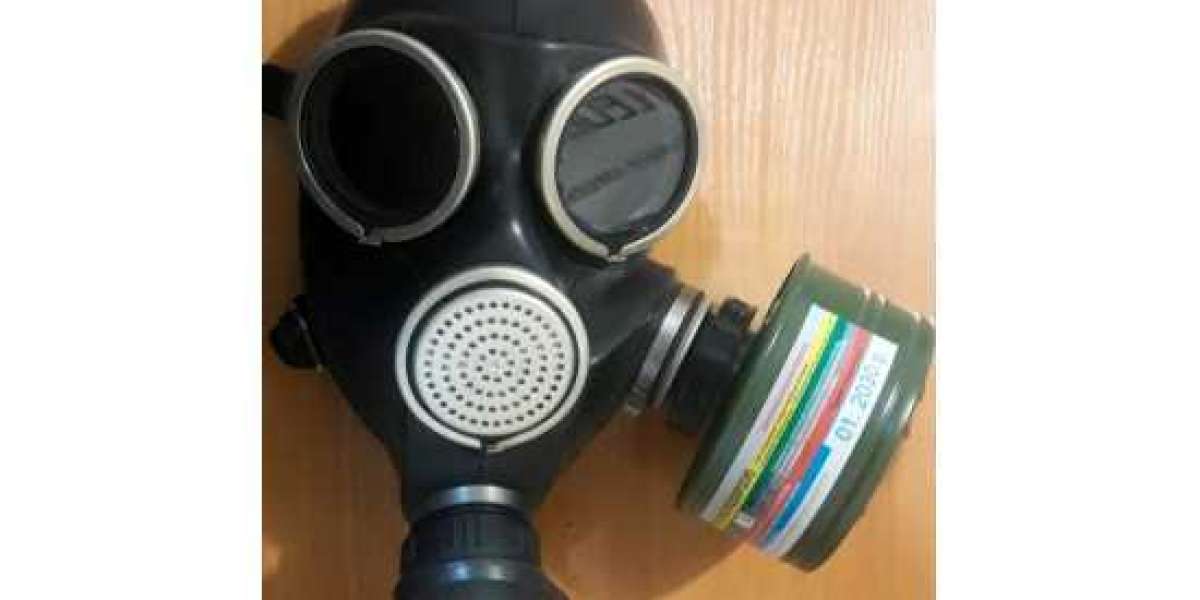The Environmental Impact of Room Sprays: What You Need to Know
Room sprays are a popular choice for freshening up living spaces, but their convenience often comes at an environmental cost. In this article, we will explore the environmental impact of conventional room sprays and highlight the importance of eco-friendly alternatives. By understanding the harmful effects of traditional room sprays and exploring sustainable options, we can make informed choices that minimize our ecological footprint while maintaining a pleasant and inviting home environment.
The Problem with Conventional Room Sprays
Conventional room sprays often contain a variety of harmful chemicals that can negatively impact both our health and the environment. Ingredients such as phthalates, formaldehyde, and volatile organic compounds (VOCs) are commonly found in these sprays. When sprayed into the air, these chemicals can contribute to indoor air pollution and may have long-term health effects. Furthermore, the aerosol packaging of many room sprays contributes to the depletion of the ozone layer and increases greenhouse gas emissions.
Air Pollution and Indoor Environmental Quality
The use of conventional room sprays contributes to indoor air pollution, affecting the quality of the air we breathe. VOCs emitted by these sprays can lead to respiratory problems, allergies, and other health issues. Additionally, when these chemicals interact with other indoor pollutants, they can create harmful byproducts that further degrade air quality. People with pre-existing respiratory conditions, children, and the elderly are particularly vulnerable to these effects.
Eco-Friendly Alternatives to Traditional Room Sprays
Fortunately, there are eco-friendly alternatives to traditional room sprays that offer a safer and more sustainable option for scenting our living spaces. One such alternative is using essential oil diffusers, which disperse natural fragrances without the need for harmful chemicals. Essential oils can be sourced sustainably and offer various therapeutic benefits. Another option is creating homemade air fresheners using ingredients like baking soda, vinegar, and citrus peels. These DIY solutions are cost-effective, customizable, and free from harmful substances.
Choosing Eco-Friendly Room Sprays
If you prefer the convenience of ready-made room sprays, it is essential to choose eco-friendly options. Look for products that are labeled as "eco-friendly," "natural," or "organic." These sprays are typically made from plant-based ingredients and do not contain synthetic fragrances or harmful chemicals. Additionally, consider brands that use sustainable packaging materials, such as recyclable or biodegradable containers. Some companies also offer refillable options, reducing waste and promoting a circular economy.
The Role of Consumer Choices
As consumers, our choices have a significant impact on the environment. By opting for eco-friendly room sprays, we can support sustainable practices and promote a healthier living environment. It is essential to read labels, conduct research on brands, and prioritize transparency and environmental responsibility. By investing in eco-friendly alternatives and encouraging others to do the same, we can create a collective positive change for our planet.
Conclusion
Room sprays may seem harmless, but their environmental impact is significant. Conventional sprays contribute to air pollution, degrade indoor air quality, and contain harmful chemicals. Embracing eco-friendly alternatives, such as essential oil diffusers or homemade air fresheners, allows us to enjoy pleasant scents without compromising our health or the planet. By making conscious choices and supporting sustainable brands, we can reduce our ecological footprint and create a healthier home environment for ourselves and future generations.








